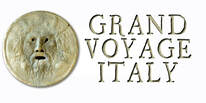 Sara & Luca in their former glamorous life Sara & Luca in their former glamorous life Sara Bertagnolli and Luca Sguazzini are two beautiful, amazingly adventurous Italians who have the voyager bug--bigtime. They have one of the more successful YouTube "vanlife" channels. They have traveled from Alaska and the Arctic Sea to Tierra del Fuego at the southern tip of Argentina in an old Ford pickup truck they dubbed “Lucky LeAw” (for Leave Everything And Wander). They left Italy in 2017 with only $1700, leaving their careers behind for their starting point in Canada. All they had was a bold desire to travel from North to South America along with an unstoppable passion and their ingenuity. The fact that they are both multi-lingual doesn't hurt either. Sara speaks Italian, German, English, and Spanish. Lucas speaks Italian, Portuguese, Spanish, and English. The quality of their videos got better and better as they traveled and are wonderful to watch.
Having experienced a bit of this type of brave voyager's attitude in my younger years--by traveling over 5000 miles on a moped bogged down with 50 pounds of camping gear throughout France and Switzerland--I was drawn into their videos from the beginning. They subsequently had to return to Italy and leave their trusty, rusty Lucky LeAw behind in Brazil when Covid hit (with a dream to go back and complete their a round trip back up into North America). They currently live in their small mountain house in Northern Italy they call Luckyland. Being resourceful, as soon as travel was permitted, Luca outfitted his old van from his motorcycle racing days and dubbed it Luigi. Italian travel videos followed as they voyaged to the most amazing Italian locations.
Luck plays well in their lives--a common and obvious theme about their view of life itself. Luck made them find each other. Luck helped them get out of some very precarious situations during their travels. Luck and love saw them marry. Luck also brought them their new baby, Luce (in Italian, meaning Light, pronounced "Loosh-ah"). Her angelic face and smile remind me of when my son Lucas first came to our little family. Precious. A Change in Luck... Luck seemingly failed Sara's dear, young and strong Luca recently, who after from suffering with headaches during the last month had three major strokes this past week. Sara's video is painful to watch... So, right now, I am asking all of my Grand Voyage Italy followers (all 250,000 of you) to go to Leave Everything and Wander's YouTube channel and watch their videos. Subscribe to their channel. (It costs nothing). Get hooked--as we did--by binge-watching every video in chronological order. You'll be sharing Sara's and Luca's adventures and helping them financially. YouTube pays them for placing ads on their videos. The more subscriptions and the more Likes, the higher their income. Although Italian healthcare is free, they will need this boost to help them through this difficult time.
And to Luca, we would like to say: Rimani forte ... sii coraggioso ... e ricorda, sei amato. We are positive he has the determination and fortitude to get though this and come back to full health. --Jerry, Lisa and Lucas Finzi by Simone Guzzi, from the Hotel Paradiso in Calabria The Abbazia Benedettina (also known as the Abbey of Santa Maria) in Lamezia Terme, Calabria, was commissioned by the Norman, Robert Guiscard in the 11th century to be erected on the remains of a Byzantine Monastery named after Hagia Euphemia of Nèokastron, which was heavily damaged by a Saracen raid. The ruins of this once majestic monastic structure marks the transition from the Byzantine to the Norman era, for several centuries after the first Normans had arrived in 1056. During his conquest of southern Italy and Sicily, Guiscard subjugated the towns of the valley and Sant'Eufemia, district of the actual Lamezia Terme, became a strategic point for the Norman conquest that eventually put an end to the supremacy of the Byzantine Empire in the whole Calabria. With the Normans, the so-called Latinisation began, bringing the influence of the Church of Rome to all the conquered territories that were under the Byzantine rite. The construction of Abbazia Benedettina on the remains of the Basilian church was the first step in this Latin irradiation. The designer was Abbot Robert of Grantmesnil, who Guiscard assigned the direction of his program of ecclesiastical architecture. The layout was inspired by the Nordic-Benedictine style of the churches of Normandy. The ruins seen today, surrounded by groves of olive trees, are the result of a violent earthquake in 1638, but visitors can still appreciate its Norman architectural details. On the main facade are the remains of the two bell towers, with evidence of three aisles and a larger central hall separated by a series of pillars. The side walls were illuminated by a series of arched windows. In its sanctuary, polychrome marble blocks led to the altar in the main apse, where on the sides there were columns resting on architectural elements of the Roman era. In this area was also discovered a floor made of colorful marble tiles, made from ancient marbles, whose use is typical of the Norman tradition. On the eastern side visitors can see the remains of the large walls, confirming that the abbeys were fortified, deemed necessary since the Abbey had to defend itself from repeated Saracen raids from the coast. One of the more important aspects of the Abbey would have been its scriptorium, where the Benedictine monks would have been busy transcribing and preserving ancient texts, both classical and Christian. The first substantial number of founding monks came from Normandy and France suggesting their important influence on the region's culture and religious education. The monks who came here were also are dedicated to charitable acts (by decree of the Benedictine rules), and were especially educated men, with many of them becaming Calabrese and Sicilian bishops. After the earthquake, there were reliquaries recovered that were kept in a crypt containing the treasure of the Abbey. Listed in an inventory of relics from 1624, a silver arm with a relic of St. John the Baptist and a silver head containing part of the head and a lock of hair of St. Euphemia. There were also the handwritten versions of the Gospel of Luke and the Acts of the Apostles. The Benedictine Abbey is about one mile west from Gizzeria Lido on the Calabrian coast. Click for MAP 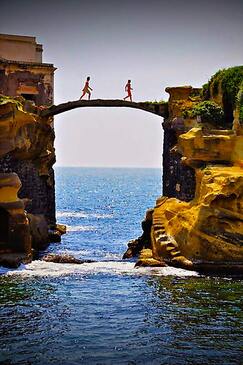 Well away from the throngs of tourists in other parts of Italy, the tiny double island of Gaiola just west of Naples is abandoned and ghostly. There are many legends about the place being cursed. In the early 1800s, the island was inhabited by a local hermit who everyone knew only as "Il Mago" (the Wizard). As most hermits, he lived a troubled, lonely life, existing on handouts of fish from local fishermen. Without warning, he mysteriously disappeared. It's not known if he cursed the island, but many unfortunate things came to pass for people who either lived on or owned the island. There is a small villa on one of the islets that has been occupied by many different types of people: A famous author, a Swiss businessman, a German investor, a pharmaceutical magnate, a steel baron, the Head of Fiat, billionaire J. Paul Getty, and an insurance company CEO. All met with strange fates either while on the island or shortly after purchasing it. Here's just a few of the cursed events:
The two twin islets are only about 100 feet from the amazingly rugged and beautiful coast of the Capo di Posillipo. Their main attraction is that they are akin to the original Siamese twins, joined by a narrow stone bridge that runs between them. In Italian, their name is Isola La Gaiola, which uses a variant of the local dialect word for cave (caviola), referring to the many small caves and grottoes are seemingly everywhere along this part of the coast. Area Marina Protetta Parco Sommerso di Gaiola For for SCUBA divers and and snorkelers alike, the waters surrounding Gaiola is a wonderful haven. They are a part of the Gaiola Protected Marine Underwater Park, a 100 acre marine preserve meant to protect the diverse marine ecosystem here as well as ancient underwater Roman ruins. Underwater ruins are scattered around the crystal clear waters. Some of the marine creatures here are found nowhere else on Earth. Consider the excitement of snorkeling among the underwater ruins of an ancient Roman temple.
If driving, you can reach the Park by driving down the Discesa Gaiola road, where you will find a car park on the left, followed by a short walk to the site. But be aware that in recent years, local police have placed a ban on vehicular traffic, from 7am to 7pm. You may also park up the hill on Via Tito Lucrezio Caro (there is a parking meter for tickets) and walk down the hill (15 minutes). And don't forget to check out the neighboring Archeological Park of Pausilypon.
Descent Gaiola (Cliff S.Basilio Cala), 80123 - Napoli Tel / Fax: 0812403235 Email: [email protected] Winter: from 1 to 31 October: daily except Monday at 10.00 to 14.00 from November 1st to March 31st: Tuesday, Thursday and Saturday from 10.00 to 14.00 Summer: from April 1 to 30 September: every day except Monday at 10.00 to 16.00 Nisida is a volcanic island near Cape Posillipo southeast of Naples. The crescent shaped island is connected to the mainland by a stone bridge. Being a volcano, there is a flooded crater forming the bay of Porto Paone on the southwest side--a small cove, really. The island is a bit more than a half mile across and juts out of the Tyrrhenian Sea to a height of 350 feet. You can park and walk to the island on the stone bridge or go by boat--renting one at the nearby marina. Visiting the far side and cove of Nisida is really the best way to enjoy its natural beauty. Nisida doesn't have a beach of its own, but the rocky side of the island is worth exploring by boaters. There is a large public beach on the mainland facing Nisida, with a parking lot just on the left before the causeway. Adjacent to the causeway is a public marina where you visitors might be able to hire a boat. Several restaurants are also nearby. As with many parts of Italy, some of the area is covered in graffiti and looks worse for wear, but then again, this is Naples. If you walk to the island, you can hike in the non-restricted areas and take in the views of Naples and the surrounding bay and islands. The pebbled beach is surrounded by clean crystal clear water. You can relax in a private shady spot in the woods that cover the island nearly down to the beach. If you sail, you can rent small sailboats and cruise the waters around the island, and if you go by boat, be sure to check out the arch and the grottoes cut into the far side of the island. In the time of the Romans, politician and military leader Lucius Licinius Lucullus built a villa on the collapsed and flooded island volcano of Nisida. Another general, Marcus Iunius Brutus (of et tu Brute fame) also built a villa there for holidays and some say the plot to assassinate Julius Caesar was plotted there. You might say this was the Cape David of the day where the military leaders went for vacation, to rest, recharge and ponder their next battle while they enjoyed the comfort and pleasures of this island in the sea. Brutus's wife Porcia, committed suicide sometime after learning of Brutus' plan to assassinate Julius Caesar. Some historians think Brutus and Cassius hatched their plan here on Nisida. Some of the archaeological remains on Nisida are supposedly of Brutus' villa. Since then, there have been monasteries, a castle and even a prison on the island. Artists and noblemen would flock to it and even Cervantes was inspired by its mystery and charm. Today there is a rehabilitation center on the island for young boys at risk where they learn trades such as carpentry, ceramics, glass-making and other skills. The NATO Maritime Command also has it's headquarters on the island, although most of their personnell has moved to a newer facility further north. In addition to the island itself, it's worth a visit to Parco Virgiliano (the Park of Remembrance), a scenic park located on the hill of Posillipo, just across from Nisida. The Park serves as a green oasis atop the tufa stone typical to the coast of Posillipo. A series of terraces 500 feet above the Gulf of Naples provides the park with a unique array of impressive vistas, including views of Nisida... the views at sunset are stunning. For SCUBA divers and kayakers, the rugged coastline just to the east of Nisida , know as Area Marina Protetta Parco Sommerso di Gaiola is also worth exploring. There are several kayak rentals nearby and many sea grottoes to explore. If you are diving, the opportunity of diving through a sunken Roman villa can't be missed. --Jerry Finzi You might also be interested in...
A Tuscan Beach Vacation: The Maremma Off the Tourist Path: A Visit to Tropea on the Coast of the Gods Jewels from the Sea: Glass Beaches in Italy Vieste and the Legend of Pizzomunno: the Gargano Peninsula, Puglia Off the Tourist Path: Gaiola Island, Naples Off the Beaten Path: Scala di Turchi - White Rock Stairs on the Sicilian Coast |
Categories
All
Archives
May 2023
|



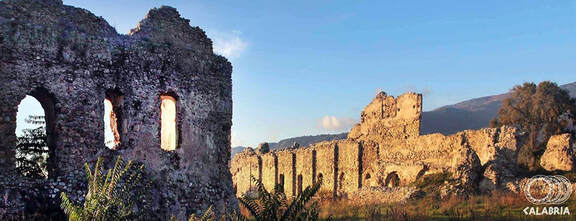
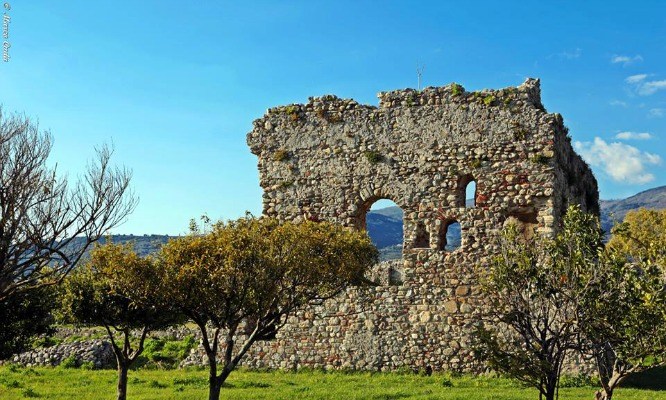
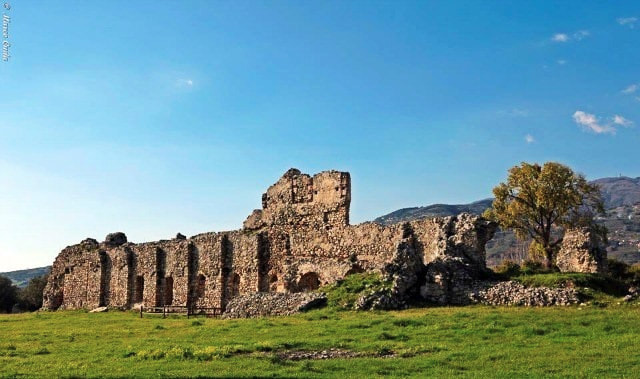
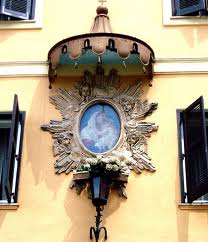
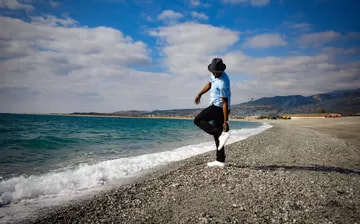
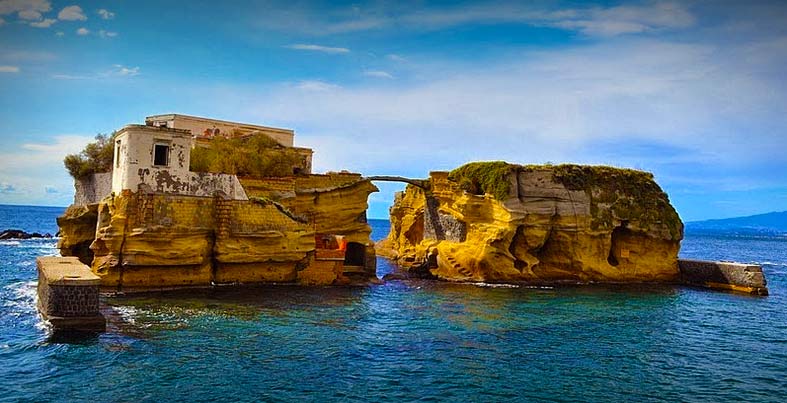
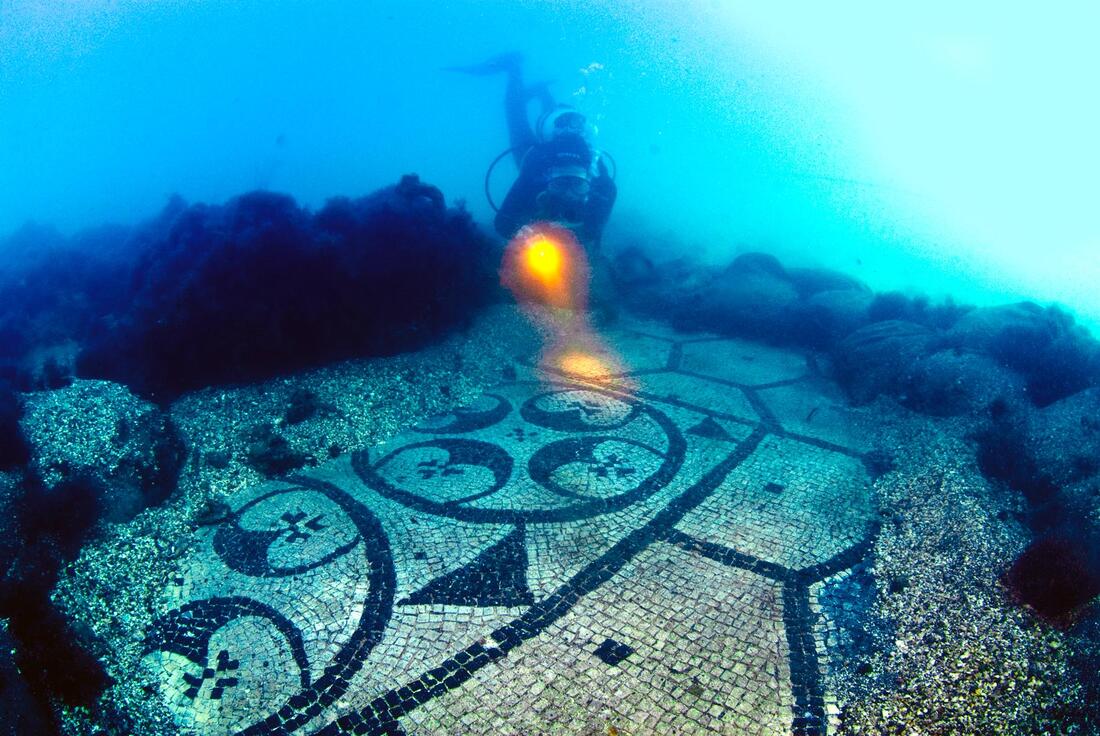
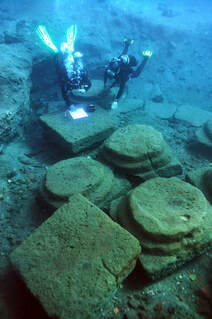


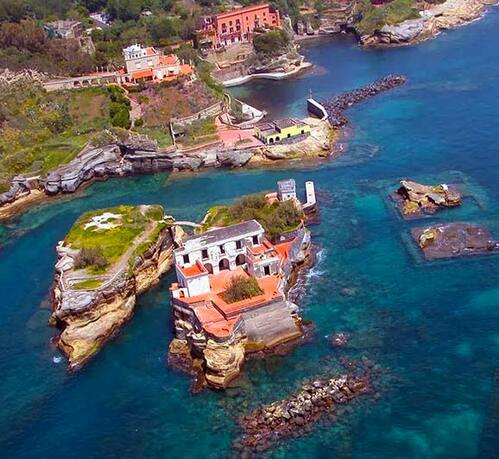

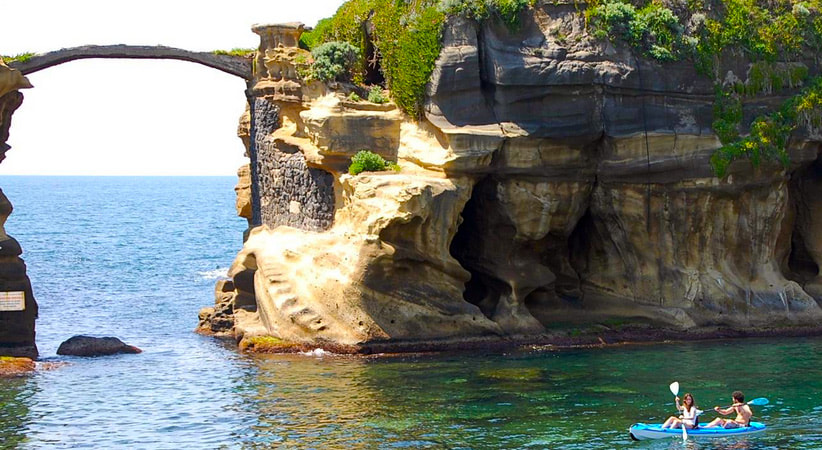

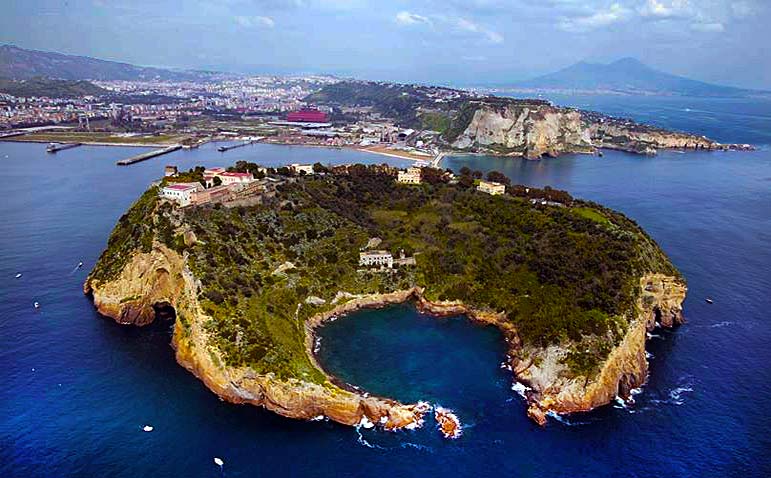
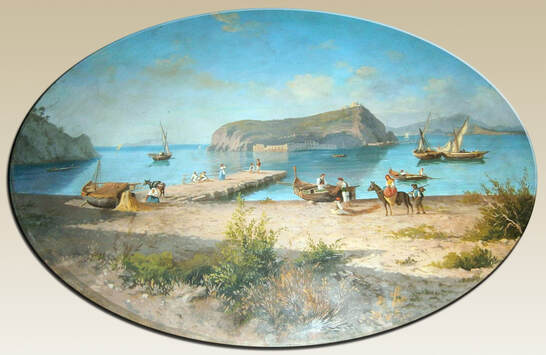
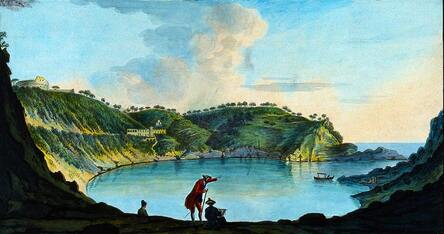
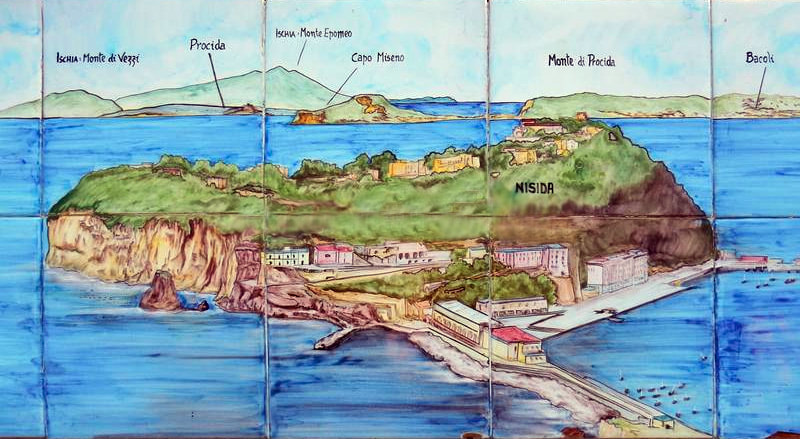
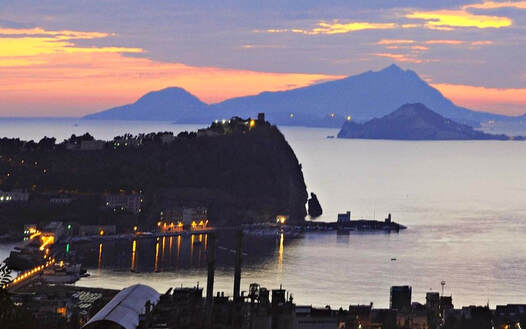
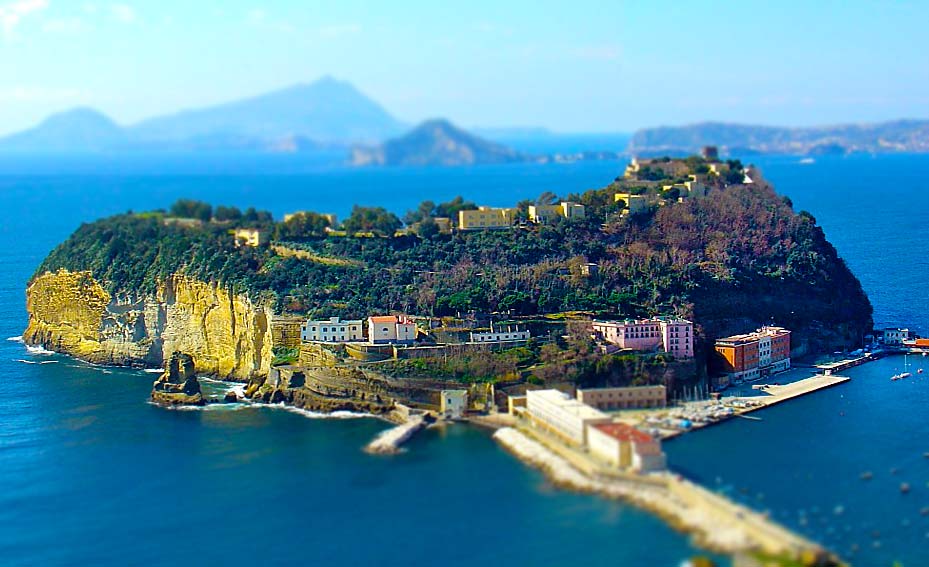
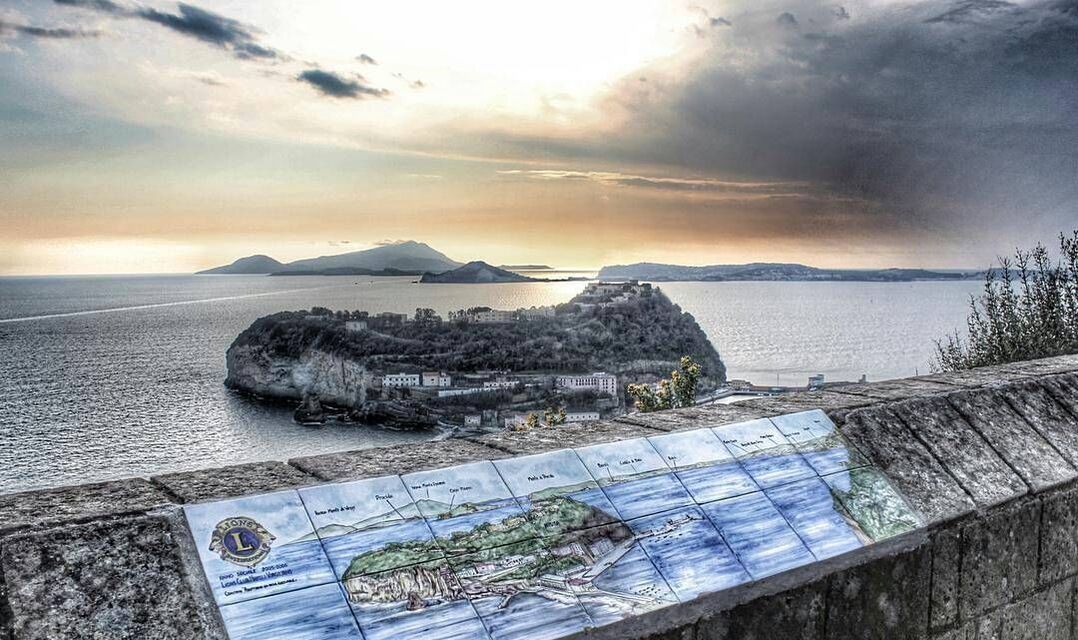

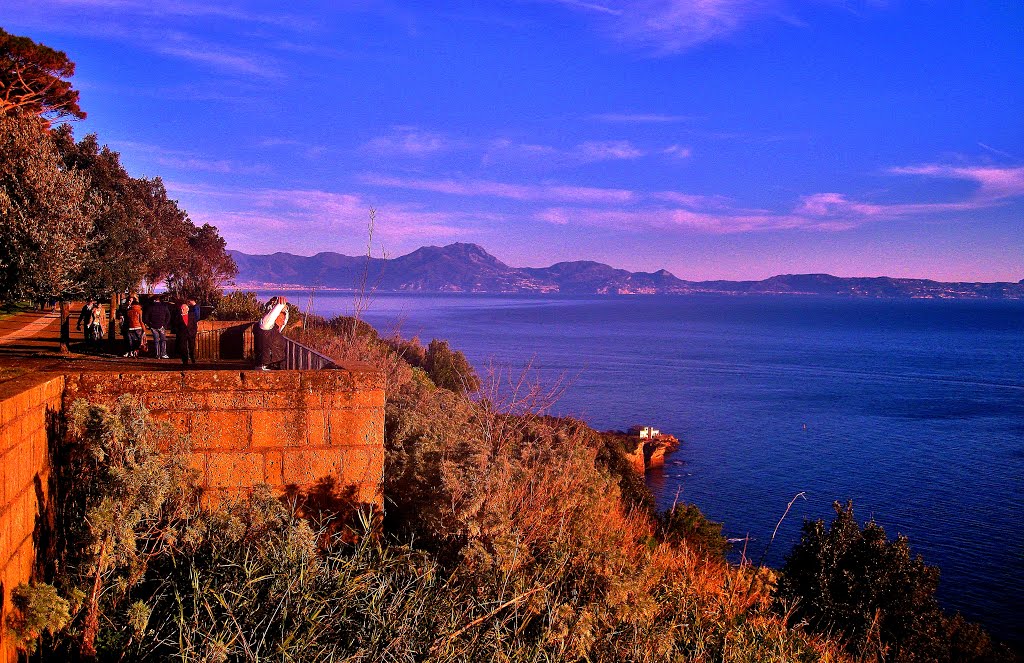

 RSS Feed
RSS Feed
